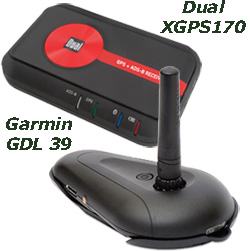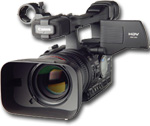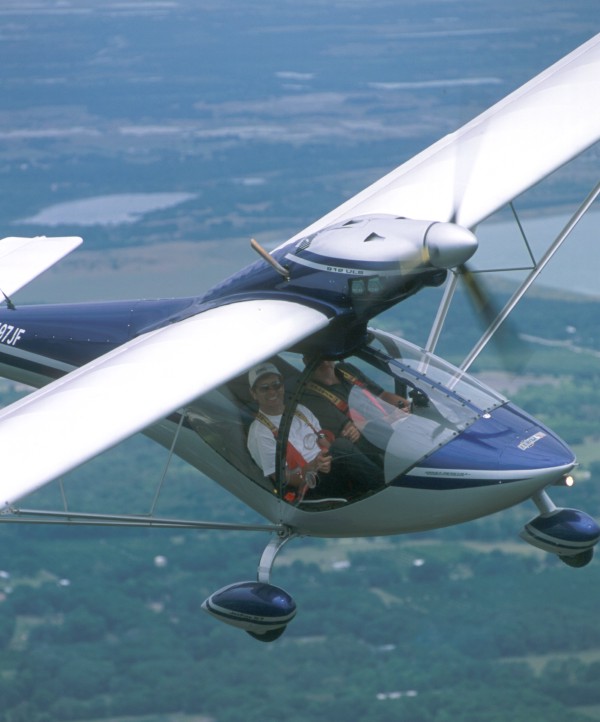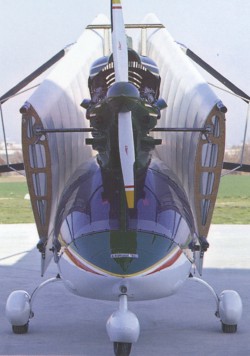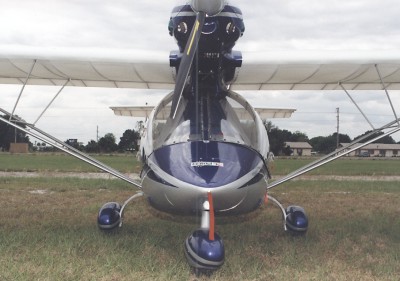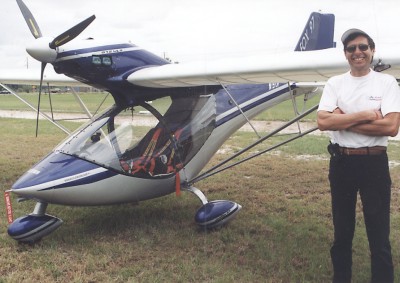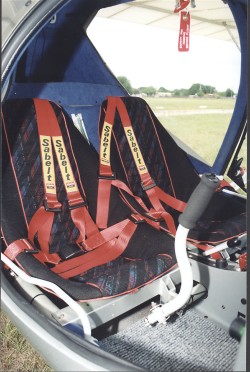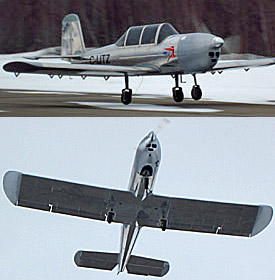
Several news items in our March 2013 LSA News Wrap and we’ll get to it … right after this: We’re thrilled to tell you that — for the second month in a row — ByDanJohnson.com achieved another record. Despite fewer days, February substantially exceeded January’s Unique Visitors, reaching another all-time traffic mark. Last year was amazing and 2013 is even better. THANKS so much for your regular visits and welcome to our new readers! Sam LS Flies — Pilots love new developments, so aviation media outlets jumped all over the first flight of Thierry Zibi’s Sam LS. The retro-looking, all-metal Light-Sport candidate (it has not yet gone through the Special LSA process and will initially be sold as a kit) attracted plenty of attention at the Sebring Sport Aviation Expo where the company bought a premium position just inside the main gate. By Sun ‘n Fun in less than one month, Thierry will hit another benchmark as the aircraft flies for the public.








